What are the manifestations of the underdevelopment and over-development of coffee bean roasting? How to roast coffee beans and taste good
Last lesson we learned about the basic principles of coffee roasting and some of the terms we need to know in roasting. So let's first review which stage it belongs to in each period of baking.
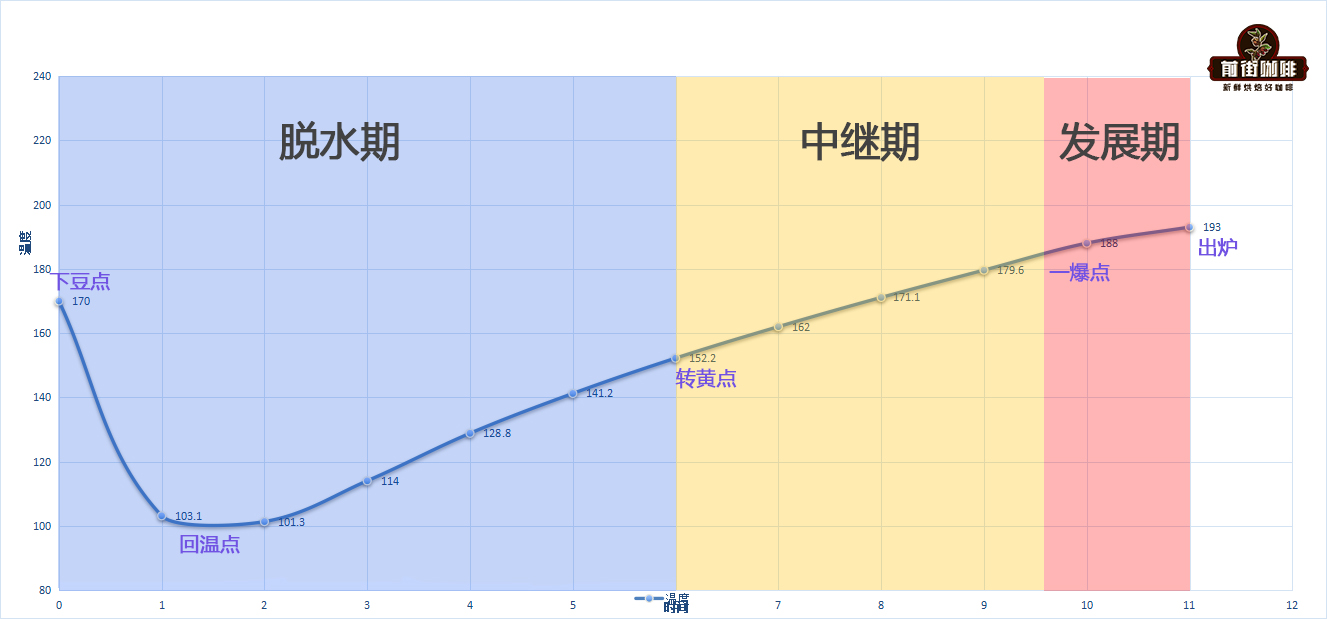
This class focuses on the influence of development period on coffee flavor.
Why should we start learning from the period of development?
The development period refers to the period from the beginning of the explosion to the baking, which also determines the final flavor trend of the coffee. By deducing from the end of the baking to the source, it is easier to understand the effect of each stage on the flavor performance of coffee. Of course, to establish the learning way of reverse derivation, it is necessary to have a correct and reasonable baking curve as a reference standard.
Effect of Development period on Coffee Flavor
After the coffee roasting starts to explode, the aroma and flavor substances in the coffee will "explode". In theory, you can be baked at any time after the explosion, which we call the development period (development time). The development period is to burst out the aroma and flavor of coffee within a certain period of time.
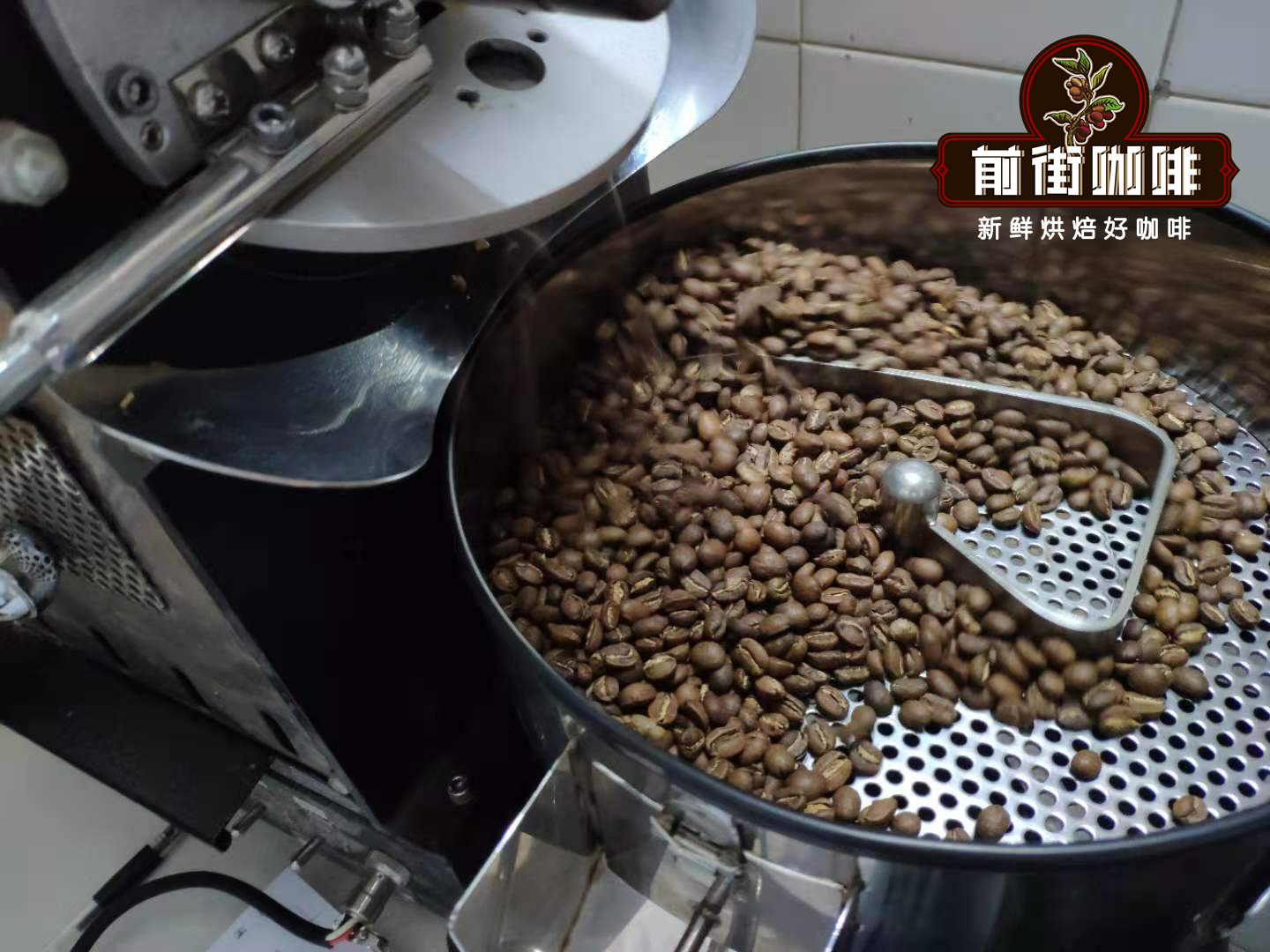
Of course, the development period is certainly not the longer the better, the general release time will be between the first explosion and the second explosion. So what will it do if it comes out earlier or later in this range? let's use a baking experiment to explain this problem.
Take the Brazilian red bourbon bean as an example.
The standard curve is as follows: input temperature 155℃, turn yellow point in 7min (153min), burst in 10min (181min), development time is 330min (total time 1330min), outlet temperature is 202℃.
The experimental curve A: input temperature 155℃, turn yellow point at 7min (153min), burst at 10min (181min), development time is 300pm (total time 1300min), discharge temperature is 202℃. That is to say, the development time will be shortened and the rest will remain unchanged.
The experimental curve B: input temperature 155℃, turn yellow point at 7min (153min), burst at 10min (181min), development time is 400pm (total time 1400pm), discharge temperature is 202℃. That is, the development time will be extended, and the rest will remain unchanged.
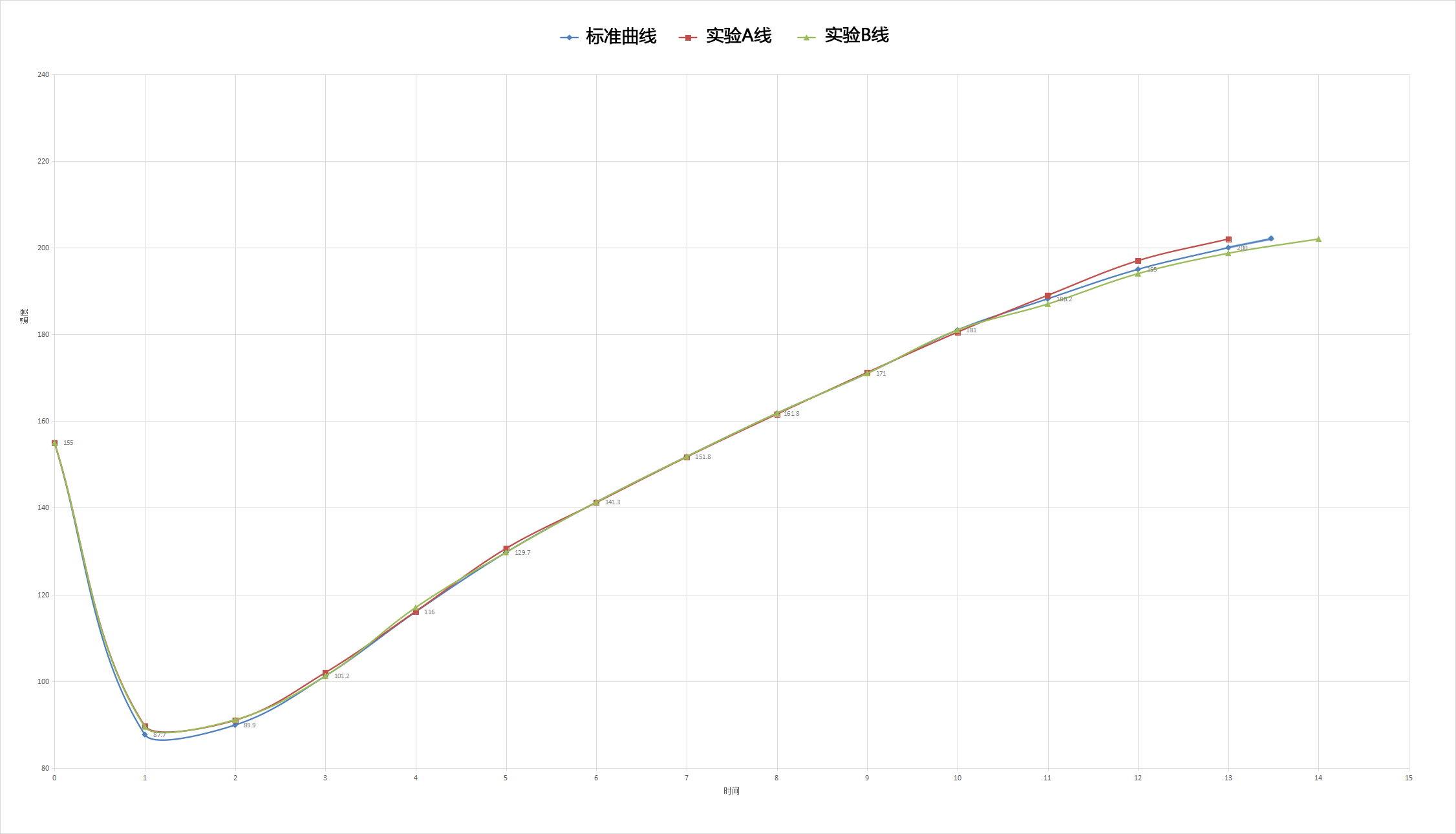
The chart shows that the three baking curves are basically consistent with the plan, and the data of the three lines are basically the same before the explosion, while after the explosion, the standard curve is 3 minutes and 30 seconds from 181℃ to 202℃, 3 minutes from 181℃ to 202℃, and 4 minutes from 181℃ to 202℃.
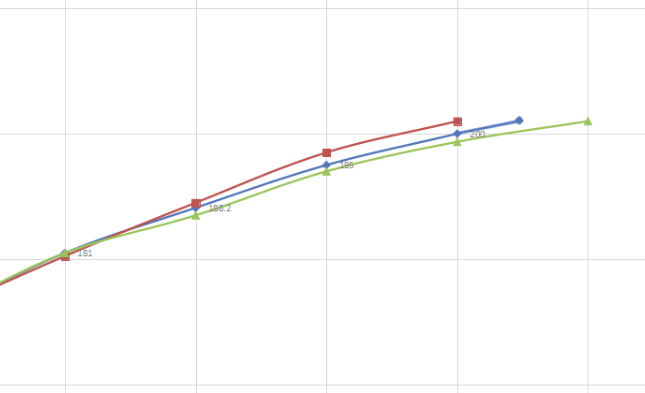
So the advanced line bean phase observation
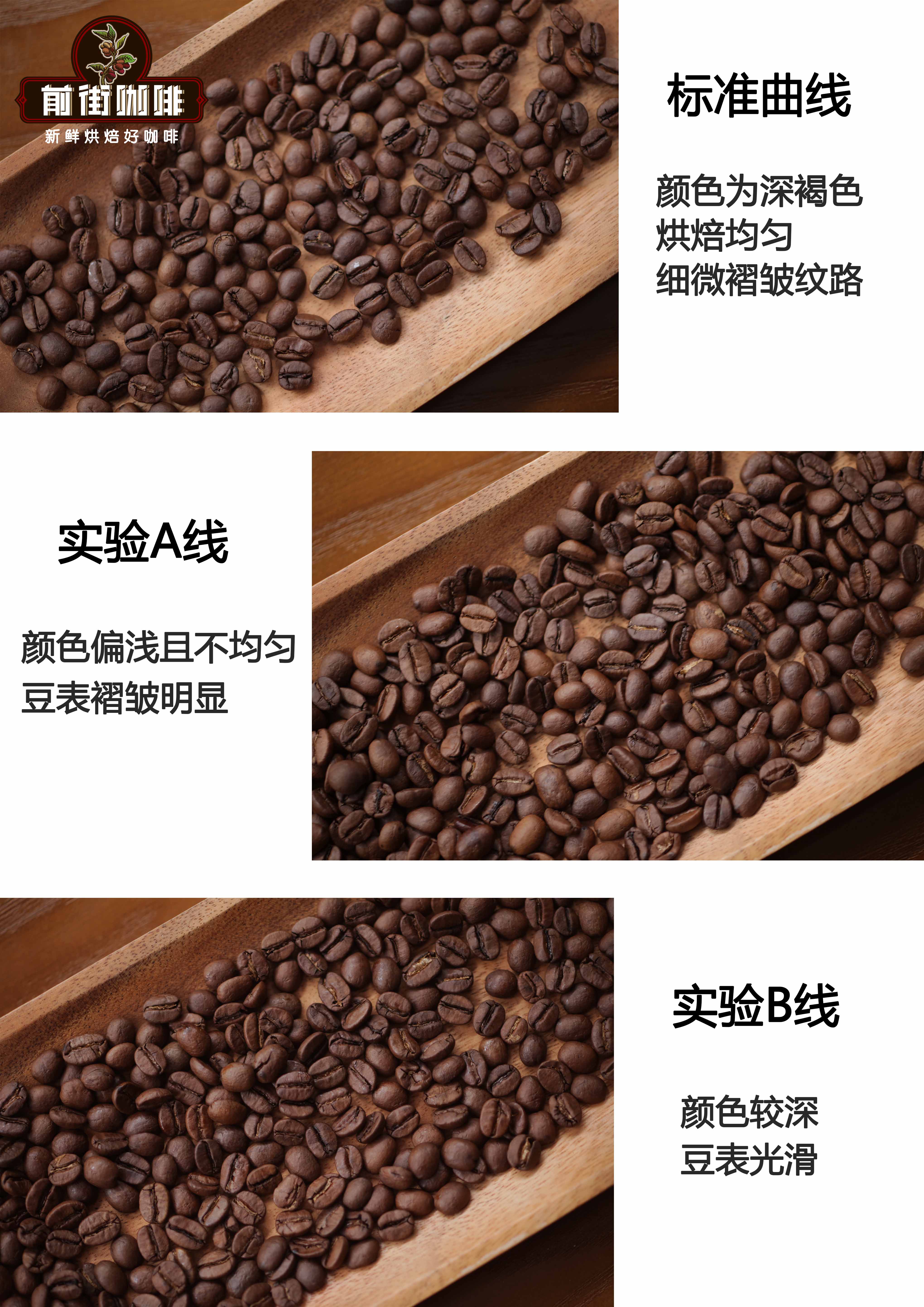
Then use the color value meter to detect the color value of these three coffee beans.
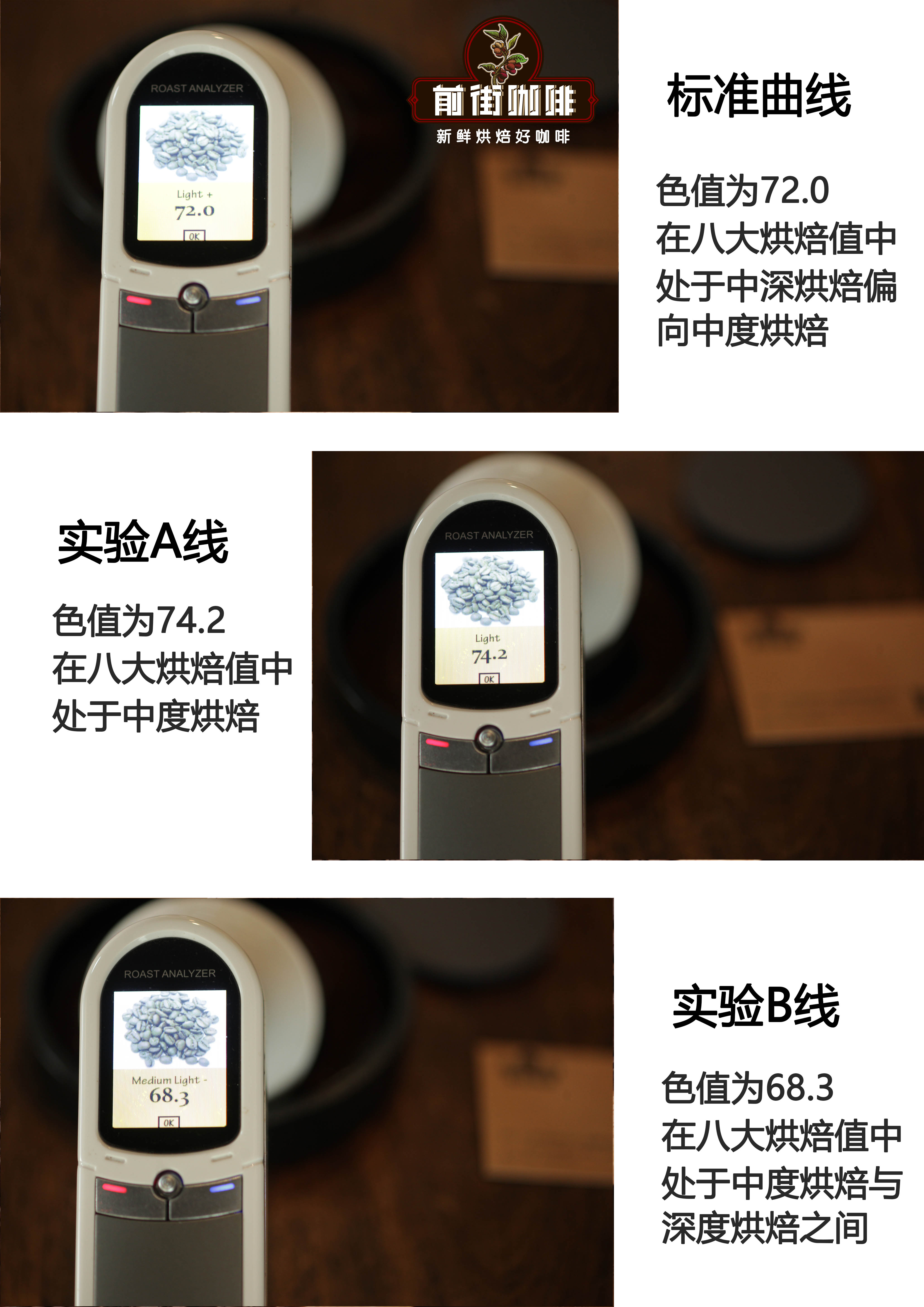
Finally, the taste of the cup was tested.
Standard curve flavor: nutty, caramel, mellow, sweet
Flavor of line A: fruit acid, almonds, thin, light
Flavor of line B: nuts, cocoa, mellow, lack of sweetness
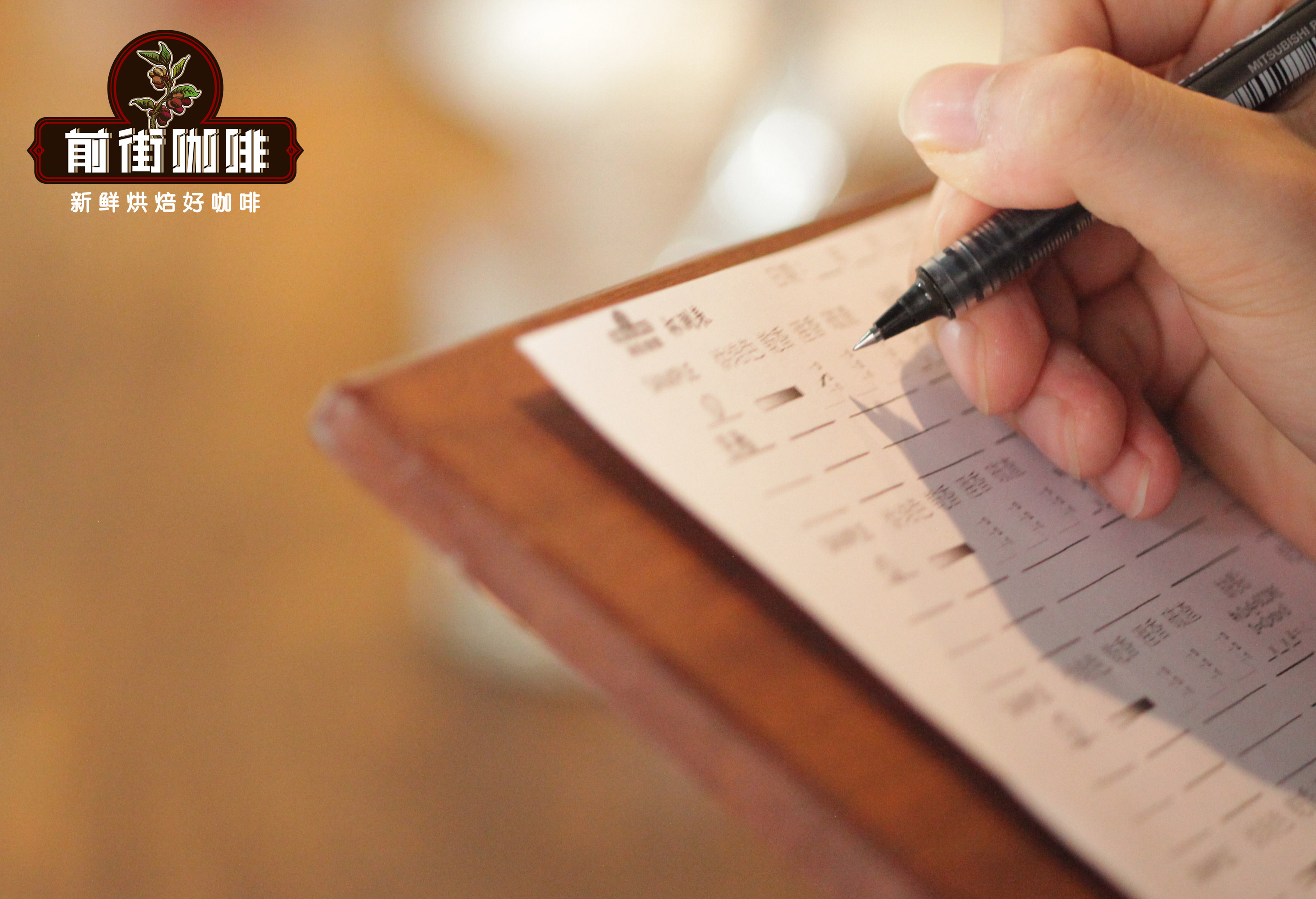
Therefore, it is not difficult to see from the experiment that, within a reasonable range, the shorter the development time, the sour and thin flavor and taste of coffee, the longer the development time, the longer the enzyme reaction and caramelization reaction, and the bitter and mellow flavor and taste of coffee.
Of course, it's easy to roll over if it's not within a reasonable range. The editor learned to bake from scratch and learned a variety of tips for turning over, including a sharp rise in temperature caused by no reduction of firepower after an explosion, and finally came out of the oven in 2 minutes. The bean body was obviously wrinkled, sour and raw.
Also tried because the explosive firepower is too small, the throttle is too big, leading to the development period heating up slowly, the final development time is close to 5 minutes, it can be said that there is no flavor to speak of, only bitter. Therefore, mastering the development period of a bean is a very important part of learning baking.
Important Notice :
前街咖啡 FrontStreet Coffee has moved to new addredd:
FrontStreet Coffee Address: 315,Donghua East Road,GuangZhou
Tel:020 38364473
- Prev
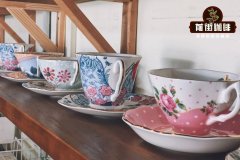
Anaerobic treatment of boutique coffee? What is the anaerobic treatment of Colombian boutique coffee?
Professional coffee knowledge exchange more coffee bean consultation Please pay attention to the coffee workshop (Wechat official account cafe_style) known sun, washing, honey treatment, is the basic treatment options for coffee, with the rise of the coffee market, the number of people who love fine coffee is also growing, thus causing a lot of people in the production industry to invest in the research and development of new post-processing methods of coffee.
- Next
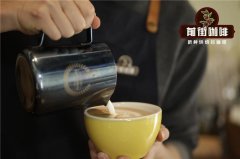
Latte pull flower play milk bubble diagram how to play milk foam heart-shaped tulip flower drawing course
Professional coffee knowledge exchange more coffee bean information please follow the coffee workshop (Wechat official account cafe_style) big heart, thousand-layer heart, push tulips, embossed tulips, these are some of the more common coffee flowers, so if you want to pull out these delicate patterns, how thick is the milk? What is the effect of the thickness of the milk foam on the flower drawing? The thickest and thickest milk foam
Related
- Beginners will see the "Coffee pull flower" guide!
- What is the difference between ice blog purified milk and ordinary milk coffee?
- Why is the Philippines the largest producer of crops in Liberia?
- For coffee extraction, should the fine powder be retained?
- How does extracted espresso fill pressed powder? How much strength does it take to press the powder?
- How to make jasmine cold extract coffee? Is the jasmine + latte good?
- Will this little toy really make the coffee taste better? How does Lily Drip affect coffee extraction?
- Will the action of slapping the filter cup also affect coffee extraction?
- What's the difference between powder-to-water ratio and powder-to-liquid ratio?
- What is the Ethiopian local species? What does it have to do with Heirloom native species?

